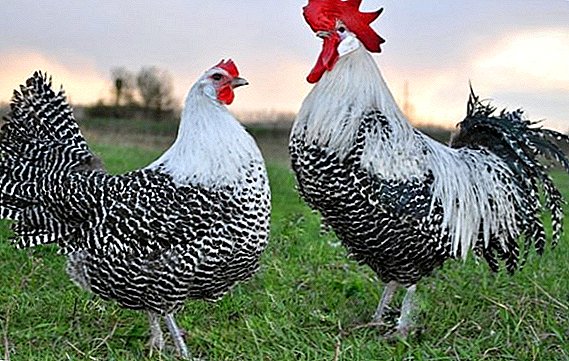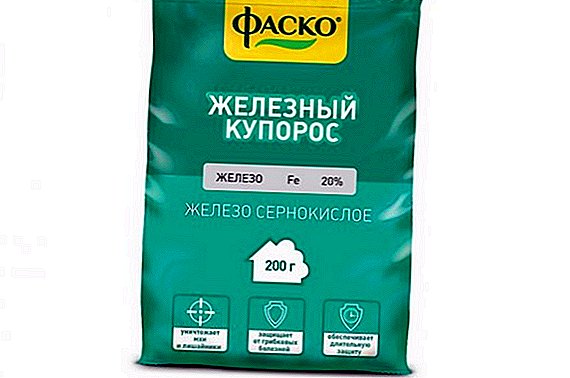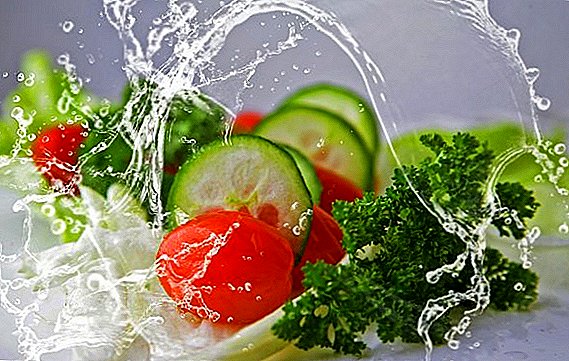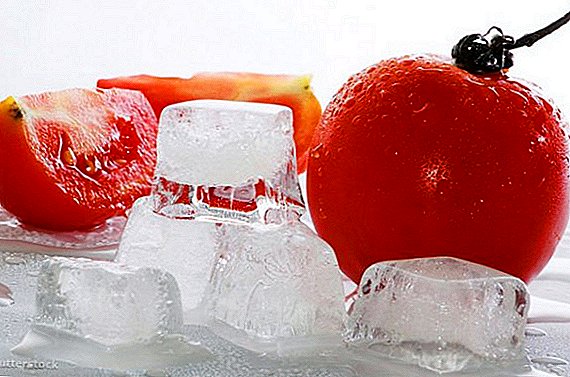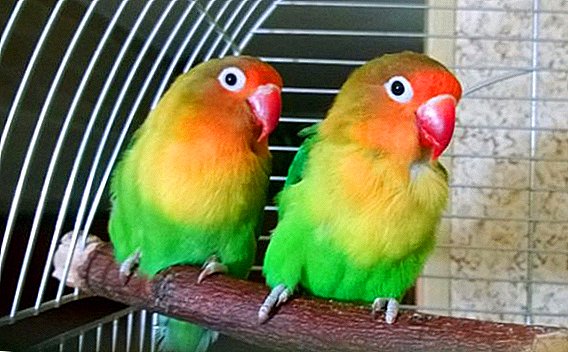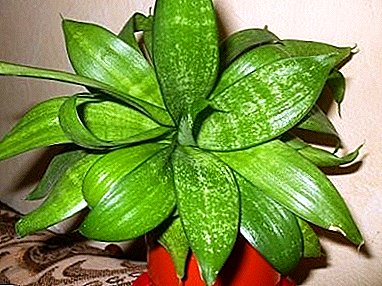
For cultivation in the greenhouse best suited tomatoes of tall varieties, characterized by abundant fruiting. To branches not broken off under the weight of ripening tomatoes, they must be tied up.
The question of how to tie up the tomatoes in the greenhouse correctly, asks every aspiring gardener. There are several ways to secure attachment of stems and branches, each vegetable grower can choose what seems most appropriate.
Tying: why is it necessary
So, let's try to figure out how to tie up tomatoes in the greenhouse. Tying up tomatoes is a simple procedure, which involves attaching the stems and branches to the support using ropes, strips of cloth, plastic loops and other materials. Tying is carried out immediately after the pinching and the formation of fruit ovaries.. When the plant increases in growth, the procedure will have to be repeated. Only some varieties that produce low-growing compact bushes do not need mounting.
The benefits of proper garters
The correct garter of tomatoes in the greenhouse brings great benefits to the plants themselves, and also affects the result:
- Tomatoes do not tolerate moisture on the stems and leaves. Vertically standing plants can be watered at the root, which will help avoid rotting and disease;
- Hanging tomatoes are easier to collect, they are not affected by late blight and do not become prey for slugs;
- Heavy branches do not break even with a very large number of fruits;
- When tying plants get more light and air, which accelerates the ripening of tomatoes;
- Simplified care for tomatoes: weeding, fertilization, pasynkovanie, etc.
A photo
In the photo below you can see the tomatoes in the greenhouse garter:





What to use for fastening
Securely lock Tomato bushes can be with the help of supports and a garter. In the role of the latter can be narrow strips of soft cotton fabric, cut nylon pantyhose or socks.
Special tools with adhesive tape and cutter, resembling a hybrid garden pruner and a stapler, are very convenient. With this device you can quickly and accurately fix the branches at the desired height. The tape is easily removed and does not injure the plants. The latch with tape is especially useful when tying tall tomatoes to the trellis.
 Simple and inexpensive option - plastic clips, fastened with one hand movement.
Simple and inexpensive option - plastic clips, fastened with one hand movement.
They do not break, can withstand any weight, are easy to clean and can be used for several years in a row. Clips have a different size, they can be fixed as the stems and branches with fruits.
Tying options
So, what are the ways of garter tomatoes in the greenhouse? There are several of them. The choice of attachment depends on the type, height of the bush, yield, type of greenhouse and other nuances.
You need to think about the mounting scheme before planting the seedlings, this will simplify the care of the tomatoes and help to avoid damage to the roots and stems.
- Tying to individual support;
Suitable for small film greenhouses, mobile greenhouses. Wooden poles, metal or plastic pipes, thick rods are used as a support.They are set at once with each plant, the height must match the growth of an adult bush. A strip of cloth is wrapped around the stem and fixed on the support.
This method of attachment is good for tomatoes, forming a compact or medium-sized bushes. Tall specimens may fall with the support. - Wire frame mounting;
Suitable for compact bushes with a large number of fruits. The coarse metal mesh wraps around the plant in the form of a wide tube and slightly digs into the ground. It is convenient to attach to such a support not only stems, but also heavy branches with fruits.If necessary, the wire structure can be dismantled and moved to another location. Its only drawback is the difficulty of picking fruit.
- Linear mount;
A simple and economical option, suitable for growing a large number of bushes. The device is mounted immediately after the construction of the greenhouse.Metal pipes are driven in on both sides of the ridge, and a rope is pulled along them, stretching along the row.
Bushes are attached to the rope at an equal distance from each other. This method has a minus - it is not suitable for too tall bushes with heavy clusters.
- Trellis mount;
Often used in greenhouses made of polycarbonate, suitable for tying up high-yielding tall varieties. Between the solid metal pillars installed along the edges of the greenhouse, the ropes are tightened every 30 cm, forming a solid mesh. Tomato bushes can be tied or fastened with plastic clips, and fixation is possible by threading the stems through the net.On the trellis it is convenient to mount spreading bushes with fruiting stepchildren. Instead of rope constructions, you can use ready-made tapestries made of wooden or plastic slats. The structure must be fastened very securely so that it does not fall under the weight of the bushes.
- Vertical trellis;
Very convenient option for year-round greenhouses. Suitable for tall varieties with pruned side shoots. A rope fixed on the roof of the greenhouse is fastened near each bush.This option can withstand even the heaviest clusters, the support does not break or fall. In order for the branches not to be injured, the support rope must be wide enough, soft and strong. - Grid mount;
Instead of a rope trellis between the pillars, you can stretch a metal or plastic mesh. It is more convenient to use a network with large cells. To it are attached the stems and branches of tomatoes. As the plants grow, they can be untied and fixed at a new, more convenient level.

 To select the appropriate method of tying, you need to try several options. Capital construction will cost more, but they will serve for several years without requiring additional equipment.
To select the appropriate method of tying, you need to try several options. Capital construction will cost more, but they will serve for several years without requiring additional equipment.
Not only tomatoes, but also cucumbers, tall eggplants and other large plants can be attached to such supports.
Mobile temporary mounts good for trial growing and frequent change of vegetable crops in the greenhouse.


